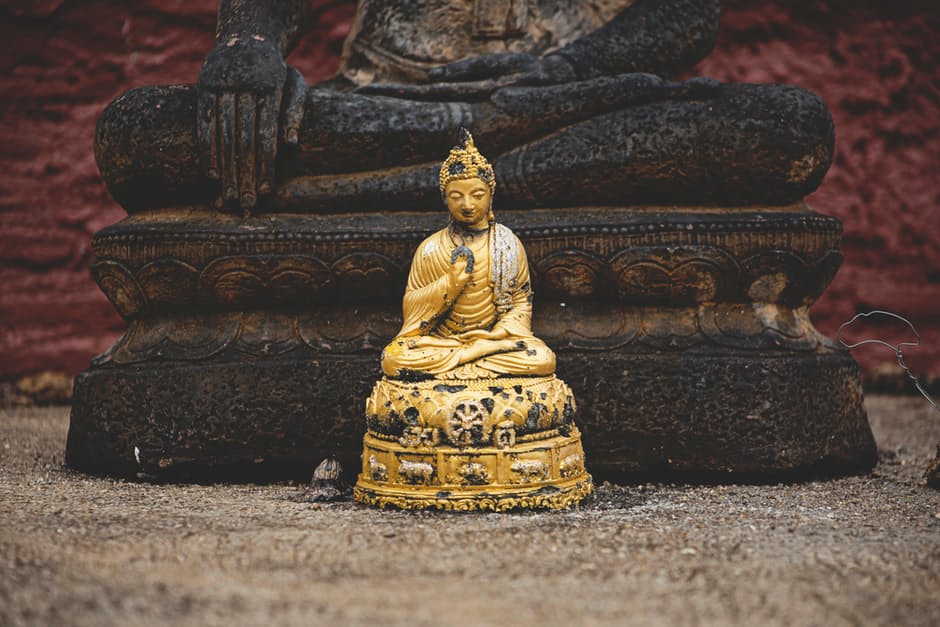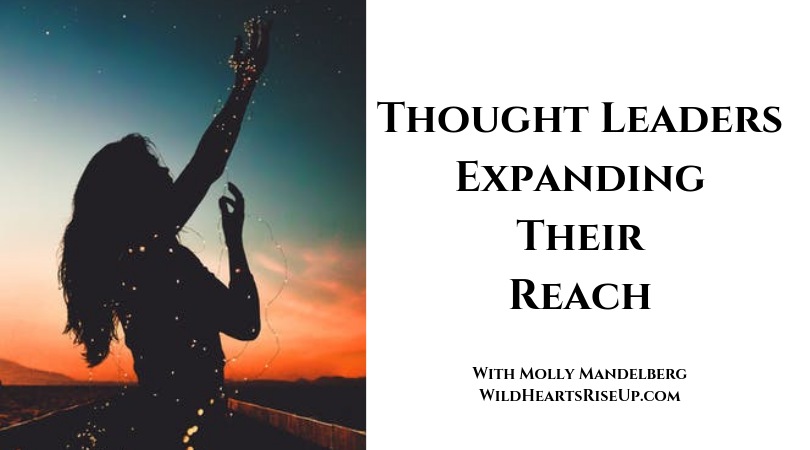|
Getting your Trinity Audio player ready...
|
Vipassana Meditation is a 2500 year old practice, originally taught by Gautama the Buddha, that allows one to experience Dhamma (pure enlightenment). I’m going to do my best not to get into the technique as you’ll have a much more profound experience of that should you find yourself actually learning it. What I will do is try to give you a sense of what the practice is trying to achieve, as I understand it, and what I got out of it personally.
The Law of Impermanence
Vipassana Meditation is based on the universal law of impermanence. The fundamental truth that “This too shall pass,” whatever it is. One can get that intellectually, which isn’t hard to do. Sun rises and sets. You’re born and eventually you die. Every great love story ends in one way or another. Everything ends. Arises. Passes. Arises. Passes. Absolutely everything.
Vipassana meditation is a way to understand that concept not only intellectually but physically, on a sensory level, and in so doing (if one works diligently, ardently, patiently and persistently) one may be able to stop generating new Sanskaras/Samskaras (read as impressions on the mind/karmic threads/tendencies to react a certain way/the root of all misery and suffering).
Once you stop creating new Samskaras, eventually the old mountain of past Samskaras will begin unravelling too, and when that is over, (“It’s a very long path”) a person is totally liberated and has unlocked the gates to the heaven within. *Poof* Happy and loving and compassionate to all that arises, like the Buddha.
Whew. Did you get all that?
So, how the heck… and what???
In practice, it’s about paying attention to the sensations in the body. The unconscious mind is hard-wired to keep the body comfortable. When an itch arises, the unconscious mind moves your hand, to react and scratch the itch. When pain arises, the body moves to relieve the pain. When fear comes up, the heart rate quickens, the breath gets stronger, the body gets ready for action. When you get so present to these sensations in the body, as they come up, and as they subside, you begin moving from the conscious levels of the mind, lower and lower to connect with the unconscious. It is here where the relationship of the mind and body gets more clear.
Every sensation is a product of the mind noticing, feeling, thinking something. Mind says that’s hot, your hand aches to move. Mind perceives that there’s a threat, your pulse starts racing. Or this memory is lovely, I’m going to follow it as far as it goes so my body continues releasing these feel good sensations. Or that memory is painful and anger starts to boil inside. (In my case, there’s a spider on you, open your eyes, it’s definitely a spider this time.)
When you get down to this sensation level, and you start noticing this relationship between body and mind, and no matter what it is, every sensation passes sooner or later, then you start to practice equanimity: Choosing not to prefer the pleasant buzzing sensations over the itches and pains. They are equal because they all pass. They are all impermanent. Every craving or aversion arises and then passes away.
When you reach equanimity, and stop reacting to those sensations of craving and aversion, you are overcoming the mind’s old habit patterns and no longer creating new Samskaras. This is what Vipassana is all about. Stop creating new patterns/reactions, and the longer you continue to do that, the more the old Samskaras will come up, not get reacted to and then melt away. Do this long enough and your thousands of lifetimes of baggage and reactivity will unravel and be gone. Sounds great doesn’t it?
(If you’re already sold on this you can go to Dhamma.org to find a course.)
So now we get to the question, did she reach Dhamma? Has she released all her misery and suffering and found a way to only act with love and compassion?
Short answer is no. Not yet.
Did she wake up at 6:30am this morning to sit for an hour and keep practicing?
Yes.
Does she believe this is a great way to release suffering?
Yes.
Is it suffering you have to go through in order to begin releasing it?
It may be a bit, yes.
Was ten days of silence and sitting really worth it?
The environment that is created for you at a Vipassana retreat center is like nothing you will ever experience anywhere else. You are fed, housed, and cared for so that you can go deep within your mind and really face yourself. I can’t recommend this experience highly enough. It was difficult and arduous, enlightening as to how my mind operates and wonderful to experience.
What it’s not:
It’s not a place to rehabilitate from substance abuse. It’s not a substitute for therapy. It’s not a place to go in the midst of big emotional turmoil. (A few of the people who left the course in the middle were, to me, visibly agitated and irritable from the start.)
What it is:
It’s an opportunity to really dive into who you’re being, who you’ve been, who you could be and what’s possible when it comes to emotional intelligence, real compassion and a balanced mind. It’s a chance to fully unplug from the world and the need to say or do anything at all to be with others, and really explore the basics of your internal operating system. How do you work? When do you most want to connect with others? What is the underlying need there? How can you meet those needs yourself so that every relationship you dive into is on steadier footing than it would otherwise be? Because you want to be there, not because you need to be.
It can be a huge release of chronic pain, for those ailments that may be psychosomatic. It can be a place to get grounded and unearth the underlying cause of depression. It can be an eye opening place to see your entire life from a new perspective. A perspective that shows you how fundamentally okay you are.
This is a really long post for me, but I wrote a sentence or two, each day of the ten day course that I’ll share here:
Day 1: Focus on breath. Mind wanders. Come back to breath. Fully entertained by wandering mind. Even encouraging it to wander. Building things. Fixing things.
Day 2: Harder. Sitting sucks. Negative thoughts about my character flaws. Strategizing ways to amend said flaws. Mastering 43 ways to sit on cushion. Discussing Pythagorean Theorem to myself as I walk diagonally across the grassy field of the “Women’s Extended Walking Area.” Finally grateful that I have nose hair so that it might wiggle and give me something to focus on.
Day 3: Beautiful day. Had one of those wow, Wow WOW! moments where I felt like Neo stepping out of the Matrix. Then I found out that these three days are just the warm up and real Vipassana starts tomorrow. Floored. Excited. Can’t wait.
Day 4: Finding it easier to focus between actual meditation sessions. Still can’t stay still for an hour straight though.
Day 5: Made it a whole hour! And surprised that 3 people have left the women’s side. But then I thought about it (how could I not) and how loud it’s been in my head at certain times in life and to try this when your inner voices are loud and angry, it’s no wonder a few have bowed out. It takes real determination not to follow some of those blue meanies down the rabbit hole. You have to really focus to cut them off.
Day 6: Equally as hard not to chase the rainbow unicorns down the rabbit hole. Distractions abound. When you get that they’re all the same and all impermanent then you find freedom. “Equanimous” …okay, everything is either fear or desire, craving or aversion. We are training ourselves to give attention only to sensation. Then when a craving/aversion comes up we can feel the sensation of it, where it is in the body, and let go of the thought while we watch the sensation shift and change and dissipate. Melting away with impermanence like all the rest. Whew. The real surgery has now begun.
Day 7: Definitely an uphill battle but I feel like we may be getting somewhere. My rampant thoughts are hugely productive schemes, so if nothing else, that’s a plus.
Day 8: Not sure if I’m here to release suffering or give birth to an empire. I have so many projects erecting themselves in my mind. Terrified of running out of things to write on. Business, Art etc… most of my thoughts are passion. Can I release attachment and keep passion? 🙂
Day 9: The surgery continues. I’m finding myself very emotional today. Latching on to both positive and negative memories until my inner reaction to them leads to tears. Those moments have passed away. Just like the moisture on my face will pass away. The significance we give the past (and future) is what is keeping us stuck in misery. (Sneezed really funny in the hall today and literally had to leave because I couldn’t stop giggling.) Grateful it’s over tomorrow. Hopeful I’m less reactive in the default world. Hungry for my real notebook.
Day 10: [Didn’t write anything, was too entertained learning how to talk to people again. Which was awkward and funny and very much overflowing with love.]
Things I learned at Vipassana:
1. Banana + Cinnamon = A meal
2. You don’t have to speak to be obnoxious. (guess I didn’t release all judgement)
3. I was worried I’d be the fidgetiest one in the room and I wasn’t (See #2)
note: This was on day 2, she mellowed out and I gained tolerance.
4. I’m capable of saving a spider’s life.
5. The length of an hour greatly depends on how one’s ass is arranged on the cushions.
6. Nothing from the past (or future) has any real impact on my wellbeing in this moment. Yow! Get that on a physical level and “One may well burst out in laughter”
7. No itch is eternal.
8. Nothing is eternal.
9. My brain is a builder. I can imagine, construct, fix and problem solve until I go crosseyed. I love it. It’s what I’m made to do.
10. Even anger, fear and disgust are desire. The desire for something to stop or not happen. Everything is desire and desire is attachment and attachment leads to suffering, always, because impermanence is a universal law. AND, even though it may be desire, I’m wildly entertained by building and designing and creating things. Can’t stop. Won’t stop.


